The Okra Sahari F1 hybrid variety is like Indiana or Pusa Sawami. It is a sought-after variety because of its earliness, its yielding, its wide adaptation, and its quality for export.
Okra is a vegetable that keeps on giving all summer long. When you harvest a pod, another grows in its place. It’s related to the hibiscus plant and produces similarly beautiful flowers. Okra grows best in hot climates, but even if you live in a Northern region, you can grow okra by starting it from seed indoors and transplanting it when the weather warms up.
PLANT
- Vigorous, able to reach more than 2 m high
- At least two fruiting branches
- Very high yielding potential
FRUITS
- Long and thin (10 x 1.5 cm)
- Pentagonal shape
- Slightly ribbed
- Green
MATURITY
- 50 to 55 days after sowing (depending on climate and country conditions)
TOTAL CROP CYCLE
- 120 days (depending on climate and country conditions)
How to sow Okra Seeds
- Sow okra seeds in full sun and average, well-worked soil after danger of frost.
- Grow okra in a different place every year to avoid problems with pests and diseases.
- Prepare the bed by turning the soil under to a depth of 8 inches. Level with a rake to remove clumps of grass and stones.
- Plant 3-4 seeds every 12 inches in rows 36 inches apart.
- Cover with 1 inch of fine soil.
- Seedlings should emerge in 14-21 days.
- Thin to strongest seedling per group when plants are 1-2 inches high.
Harvest and preserving tips
- Pick young okra pods that are 2-3 inches long and harvest them every other day to encourage continuous production. Cut the pods from the stem just above the cap.
- Store pods for several days in the refrigerator in a plastic bag.
- Okra pods are delicious steamed, in soups and fried.
- Okra may also be stored blanched and frozen.Place your order for Okra Sahari F1 today, We deliver nationwide

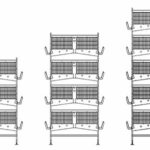



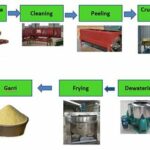
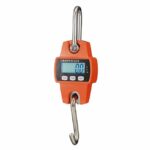
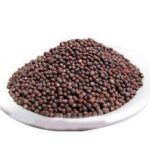





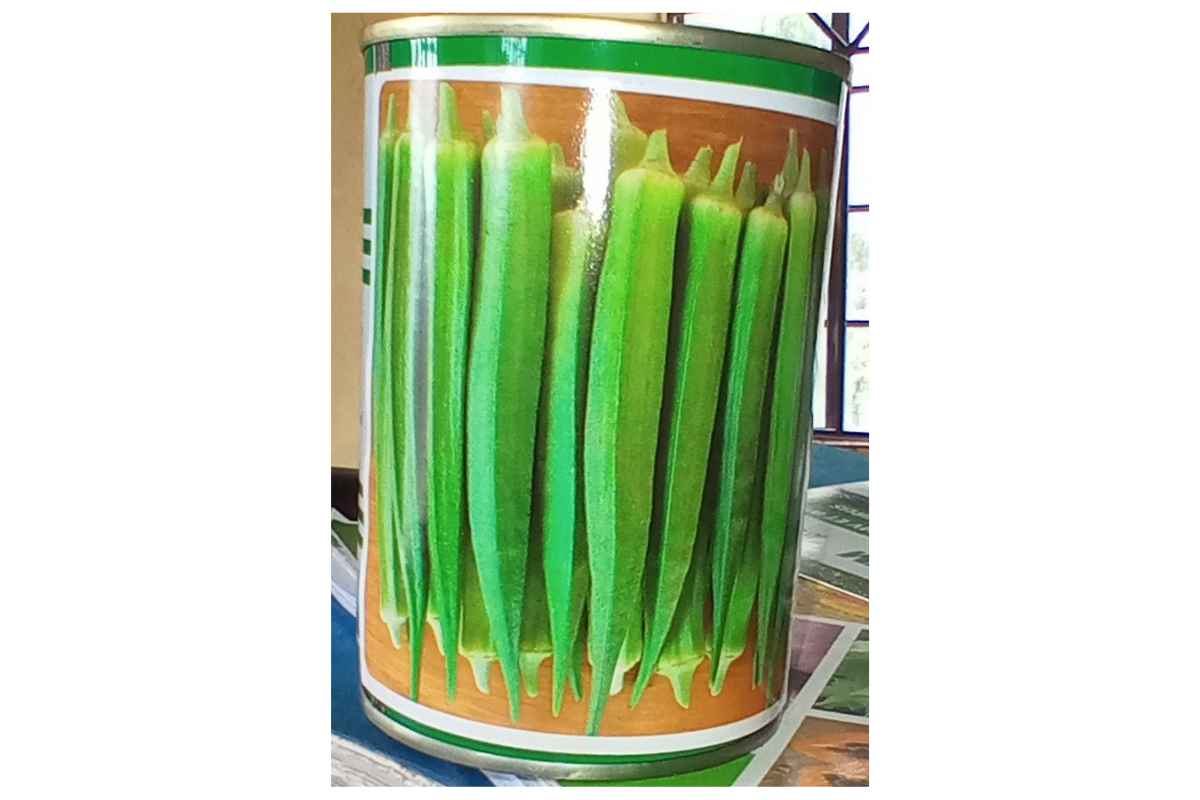
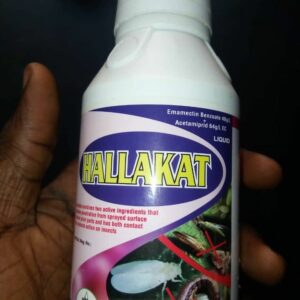

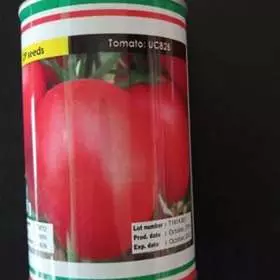

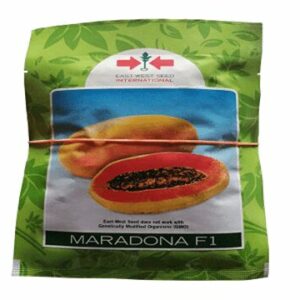
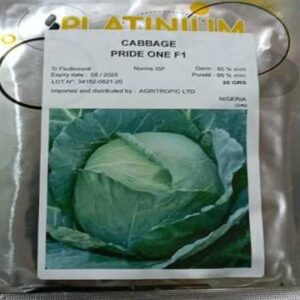
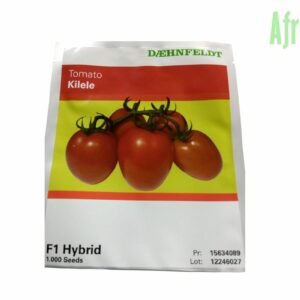
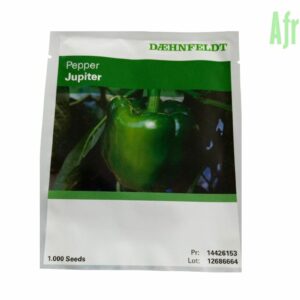
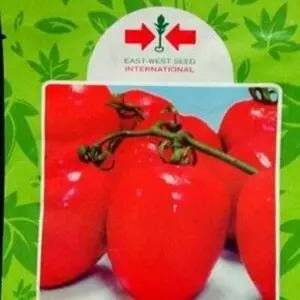
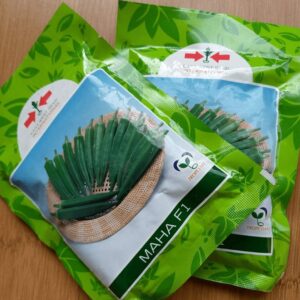
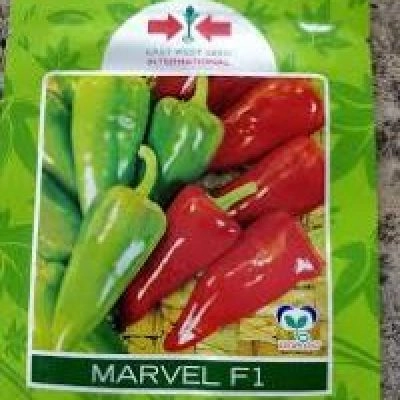
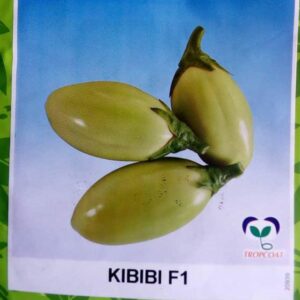
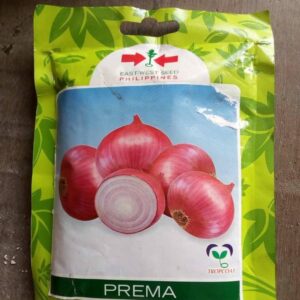
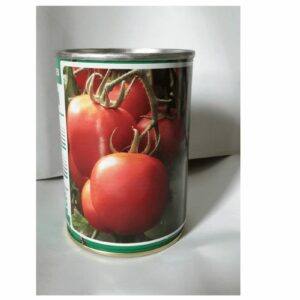
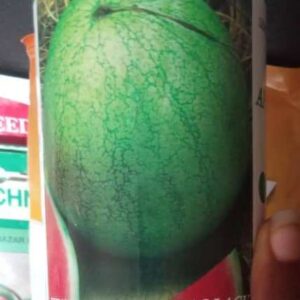
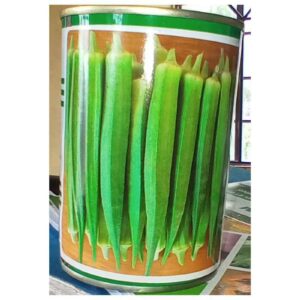
Reviews
Clear filtersThere are no reviews yet.